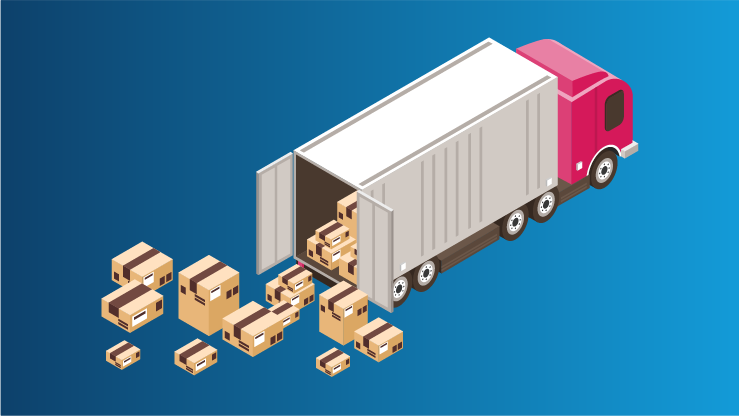The potentially lethal communicable disease already has several of the world’s most powerful nations in its grip, and as an increasing number of countries start to fight back, the economic impact of this novel virus is starting to become evident. But what can we expect to see from the manufacturing sector as the battle rages on, and how might these responses affect risk in the future?
Panic buying drives demand and transforms business models
The increase in demand for non-perishable food products has now risen above typical Christmas levels, causing a significant knock-on effect on supply chains. Many manufacturers are now working at full capacity, having hired additional staff to help in the production of record numbers of products. For some companies, business models have been hugely affected. In their efforts to get products to consumers quickly, many have found themselves dramatically altering the way they work.
Recent changes in production methods could even bring new exposures for some companies, in terms of the increased risk of unsafe products, or products which might not meet strict quality guidelines.
Coronavirus spending patterns impact contract manufacturers
New trends in buying patterns have led to a shift in the prioritisation of the products many retailers distribute. Amazon recently began prioritising essential household items in its warehouses, meaning longer waits for those ordering non-essential items. Demand for luxury products has fallen as a result of the coronavirus, and many brands are limiting production as a result. However, as the world begins to acclimatise to its new normal, we could well see an increase in the uptake of luxury products, strengthened by this limited availability.
Lockdown and the domino effect
A quarter of the world’s population is now in lockdown, and huge restrictions have been placed on businesses all over the world. The domino effect of these lockdown measures is set to become one of the biggest challenges of the coronavirus. A single lockdown can have a huge impact on an entire supply chain, inevitably threatening business continuity and perhaps even leading to insolvency for some.
Staff illness and isolation measures
With growing numbers of the workforce being diagnosed, it’s only a matter of time until key quality assurance staff are taken away from the front lines of operations in order to self-isolate. In terms of risk, this could spell trouble for manufacturing businesses.
Joseph Bermudez, a lawyer specialising in crisis management at Stewart Smith Law explains, "colleagues will substitute in and may inadvertently cause contamination, mislabeling, or manufacturing defect issue".
Social distancing may slow distribution
Safe social distancing measures are making deliveries more difficult. Drivers and workers accepting goods are reluctant to get too close to one another, and as this continues it could cause additional time lags in the restocking of supplies. There might come a time where individual staff members at stores are permitted to accept deliveries only when wearing the correct personal protective equipment. Distributors too might start to put the pressure on stores to provide such equipment.
The effects of import and delivery restrictions
Significant restrictions have already been placed on the movement of individuals. We start to see these restrictions extended to foreign trade, making it more difficult, and more expensive, to import or export goods. Should countries face food shortages, we can expect manufacturers and distributors to focus their efforts on their own domestic markets. Any increases in expense or logistical challenges associated with supplying other nations could well add to their reluctance to supply other markets.
If shortages do begin to affect food availability, we might also see price increases, and a reduction in the variety of products available, as manufacturers turn their attention to maximising output as quickly as possible.
What does the future hold for manufacturers?
Sadly, none of us can say with any certainty what’s in store for businesses in the near, and more distant, future. The world’s response to Covid-19 has been dramatic, with many countries introducing increasingly draconian measures to prevent the spread of this deadly virus. But as more and more restrictions are introduced, the timeframe in which we might see a return to normality grows longer.
In the short term, business risk hasn’t changed. Yet the long-term effects of the coronavirus pandemic on businesses are likely to be far-reaching. And the impact on all of us, as individuals, may well be just as significant.



